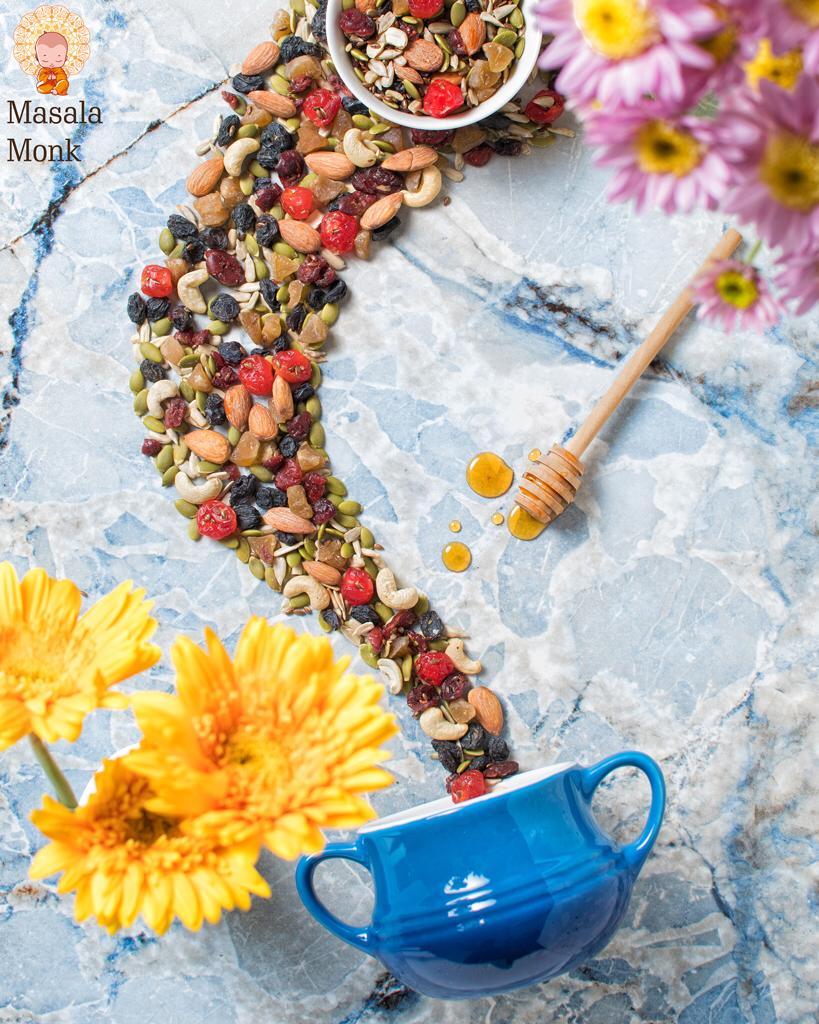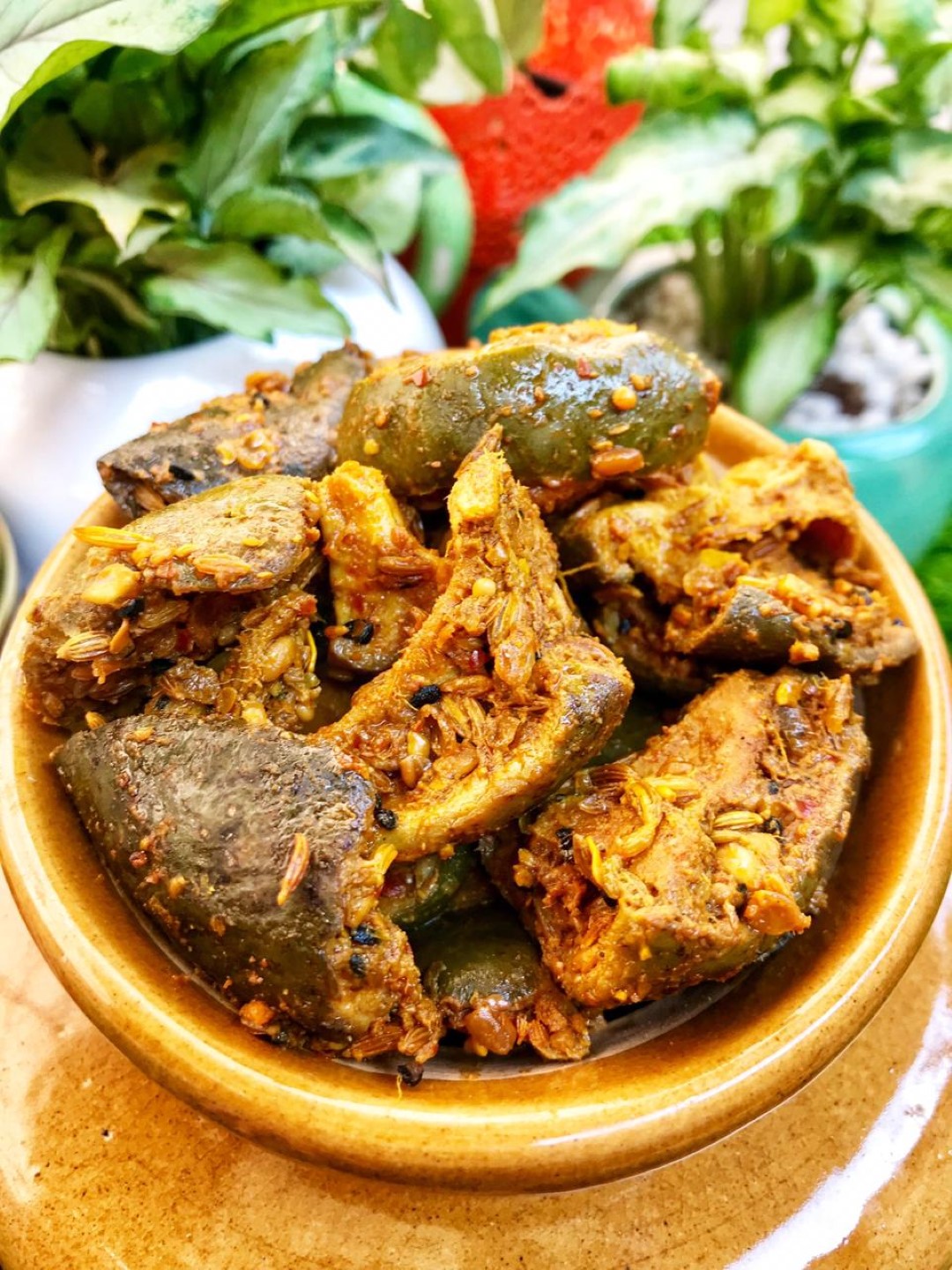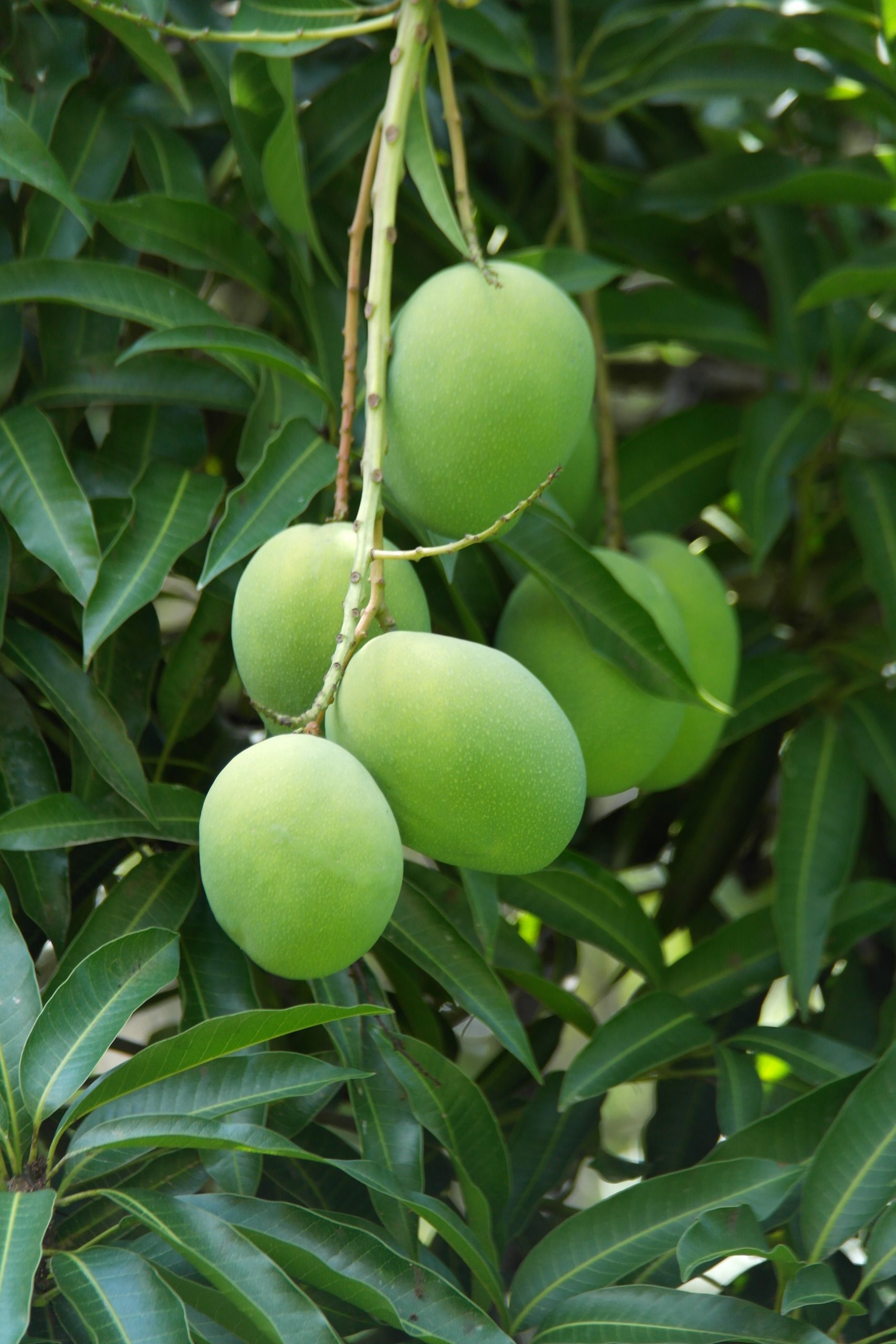
Hello, health enthusiasts! 🌞🥦
Today, we’re diving into a fantastic video by Ryan Taylor titled “The HEALTHIEST Foods With No Carbs & No Sugar”. With over 2.3 million views, this video has been a hit among those seeking a healthier lifestyle.
Ryan Taylor is a well-known figure in the health and wellness community, providing evidence-based health information. His videos are fact-checked and reviewed by qualified health professionals, ensuring you get the most accurate and beneficial advice.
In this video, Ryan highlights a list of meats, fish, fruits, vegetables, herbs, and spices that have little to no carbs and no sugar. These foods are practical to eat when following a no sugar diet or a low carb diet such as the ketogenic diet or carnivore diet.
Here are the 12 healthiest foods with no carbs and no sugar as per Ryan’s video:
- Eggs: Eggs are a great source of choline and lecithin, which can both break down fat inside your liver and help you lose weight. They are also rich in protein, amino acids, vitamins, and minerals which help the body’s cells to heal and grow. 🥚🍳
- Kale: Organic kale is one of the most nutrient-dense superfoods on the planet. It contains twice the vitamin C than oranges, more calcium than milk, and more potassium than bananas. 🥬🌿
- Grass-fed Meats: High-quality grass-fed animal meats like beef, lamb, or organ meats like liver are essential blood-building sources of protein that are rich in bioavailable iron and vitamin B12. 🥩🍖
- Cheese: Cheese is one of the healthiest sources of fat-soluble nutrients like vitamins A, E, D, and K2. It also contains healthy fatty acids and proteins which can improve the health of your brain and help you to concentrate. 🧀🧈
- Pecan Nuts: Pecans contain a very low amount of net carbs but contain a high amount of soluble fiber which helps to control your blood sugars. They are rich in zinc, copper, vitamin B1, and also monounsaturated fat. 🥜🌰
- Cauliflower & Cruciferous Vegetables: These vegetables are densely packed full of phytochemicals that help your liver to remove toxins from your body. They include cauliflower, broccoli, Brussels sprouts, cabbage, bok choy, arugula, and collard greens. 🥦🥬
- Wild Salmon: Wild salmon, sardines, mackerel, and anchovies all lower inflammation throughout your body and reverse oxidative damage. They are rich in omega-3 fatty acids. 🐟🍣
- Butter: Pure butter that has not been blended with vegetable oil is one of the healthiest sources of retinol to protect and rejuvenate your eyes, your skin, and also your hair. 🧈🍞
- Sauerkraut: Sauerkraut is a form of fermented cabbage and is one of the richest sources of vitamin C and probiotics in the world. 🥬🍽️
- Avocados and Extra Virgin Olive Oil: Avocados are one of the most nutrient-dense foodsin the world and are rich in monounsaturated fats which provide fuel and energy to your cells. Avocados are also rich in potassium, magnesium, and a molecule called avocatin B. Similarly, extra virgin olive oil is loaded with anti-inflammatory chemicals like oleocanthal and allure pain. 🥑🍈
- Nutritional Yeast: This deactivated yeast is rich in the B vitamin complex and will help to fix your metabolism, lower stress hormones, and support healthy weight loss. 🍞🍽️
- Herbs and Spices: Some of the most healing herbs are mint, basil, parsley, oregano, cilantro, dill, rosemary, and thyme. Spices like turmeric, cinnamon, coriander seeds, black pepper, and ginger are some of nature’s most powerful natural healers. 🌿🍃
Ryan also shares some simple tricks and techniques to help turn your body into a fat-burning machine. These include intermittent fasting, taking a digestive enzyme supplement before every meal, avoiding all starchy, sugary, and processed carbohydrates, eating lots of healthy fats, keeping stress levels low, and drinking at least one liter of good quality mineral water each day.
We hope you found this information helpful. If you did, please consider joining our Facebook community where we share more health tips and recipes. Also, don’t forget to check out Ryan Taylor’s YouTube channel for more health and nutrition tips.
Stay healthy, stay happy! 🌞🥦













